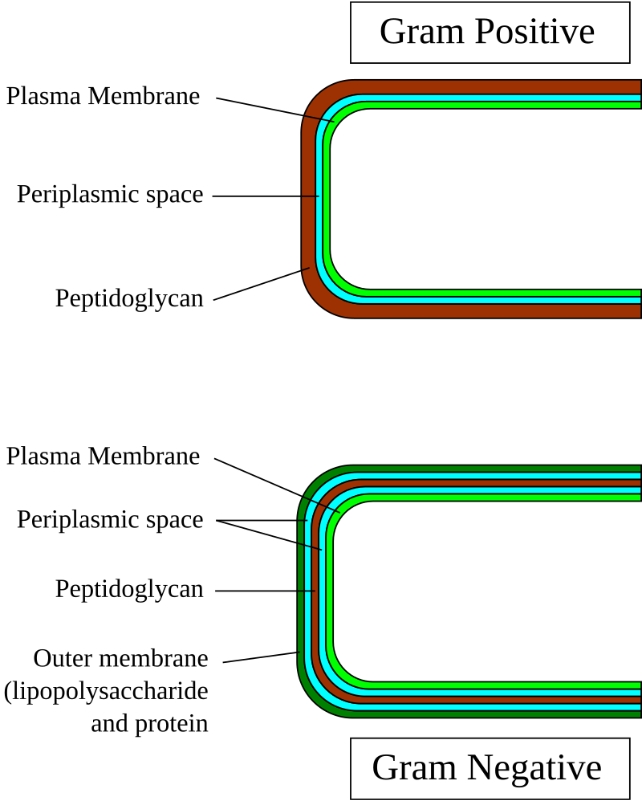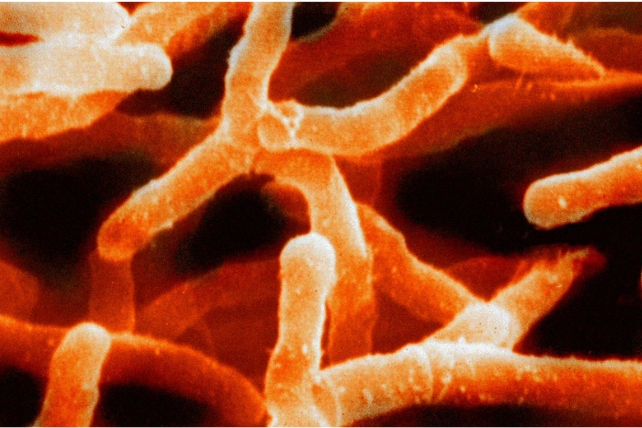Oct 31, 2024
An antibiotic developed some 80 years ago before being abandoned and forgotten could again offer exciting new solutions, this time to the emerging threat of drug-resistant superbugs.
Half of the bacteria-killing drugs we use today are variations of compounds that were found nearly a century ago, during the 'golden age' of antibiotics.
One called streptothricin was isolated in the 1940s, drawing attention for its potential in treating infections caused by what are known as gram-negative bacteria.
Unlike gram-positive bacteria, these microbes lack a robust cell wall that many antibiotics target. Finding alternatives has been one of the big challenges for the pharmaceutical industry.
In 2017, the World Health Organization (WHO) released a list of the most dangerous, drug-resistant pathogens out there. Most were gram-negative bacteria.

But despite its potential for killing bacteria, streptothricin didn't make the cut. It was deemed too toxic to the health of human kidneys in an initial study and was subsequently buried in the scientific literature.
Pathologist James Kirby from Harvard University and his colleagues are digging it back up, exploring its potential under a new name – nourseothricin.
"Now with the emergence of multi-drug resistant pathogens, for which there are few if any active antibiotics available for treatment, it is time to revisit and explore the potential of what we have previously overlooked," Kirby told ScienceAlert in May 2023.
Nourseothricin is a natural product made by soil bacteria that are gram-positive. It is actually a mixture of antibiotics, given individual names such as streptothricin F (S-F) and streptothricin D (S-D).
While nourseothricin and S-D show toxic effects on kidney cells in the lab, Kirby and his colleagues have now established that isn't the case for S-F. This compound is still highly effective at killing drug-resistant gram-negative bacteria but at concentrations that are not toxic.
In mouse models, S-F actually managed to kill off a strain of bacteria that has proved resistant to numerous existing drugs, all with minimal to no toxicity.

"Soil-dwelling bacteria in their quest for maintaining their turf have figured out through eons of evolution how to make antibiotics that can penetrate the armor of gram-negative bacteria. Streptothricins are one of the results of this ongoing arms race," said Kirby.
"These compounds offer a distinctive solution for penetrating the defense mechanisms of gram-negative pathogens."
The precise details behind streptothricin's attack are not yet clear, but it seems as though the antibiotic binds to gram-negative bacteria and messes with its protein-making machinery in a different way to other medicines.
If researchers can figure out how, it could help them develop a whole new class of medicine for bacteria that have so far proved highly resistant.
Kirby and his colleagues have already started exploring how to enhance natural streptothricins, like S-F, to work even better as superbug killers.
He said they "look forward to a resurgence of interest in this historically significant, yet long-forgotten class of antibiotics."
The study was published in PLOS Biology.
An earlier version of this article was published in May 2023.
.png)